The Most Powerful Nostalgia Marketing We’ve Seen So Far
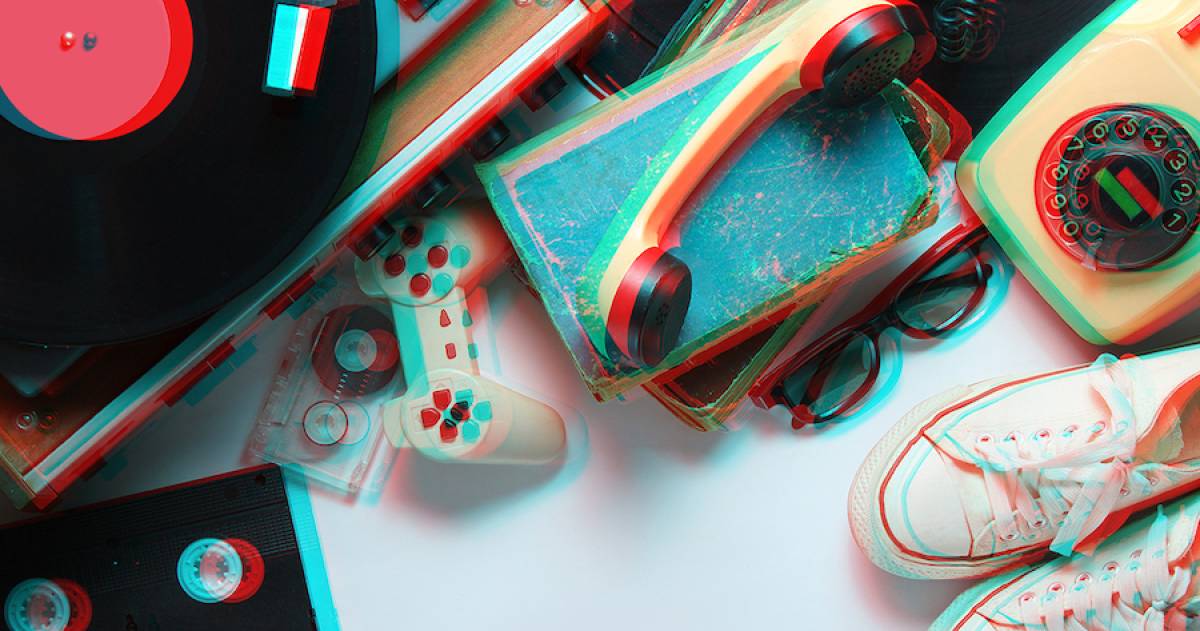
Photo: Warner Home Video.
A survey by Radio Times revealed that two-thirds of people had watched one of their favorite TV shows again during Covid lockdown, with 43% saying they did so to comfort themselves.
Nostalgic videos set to a backing track of Simple Plan’s ‘I’m Just a Kid’ took over TikTok, with Will Smith getting in on the action and sharing throwback snaps of his time on "The Fresh Prince."
Research has confirmed the powerful effects of nostalgia. TV shows such as "The Fresh Prince," “Friends,” and “Sex and the City” evoke a sense of longing for the past, with immense affection for past experiences, events, and memories.
Whether you’re reliving memories of reading your favorite children's books, watching your favorite TV shows, or listening to your favorite childhood music, indulging in nostalgia provides comfort and joy that can even relieve symptoms of anxiety and depression.
Even though covid is behind us now, brands are still capitalizing on our love of nostalgia by embedding nostalgia into their marketing. The world still faces other trials and tribulations and nostalgia helps us to get through tough times.
According to Krystine Batcho, Le Moyne College professor, psychologist, and researcher of nostalgia, “Nostalgia is a refuge, as people turn to the feelings of comfort, security, and love they enjoyed in their past.”
Best Nostalgia Marketing Campaigns
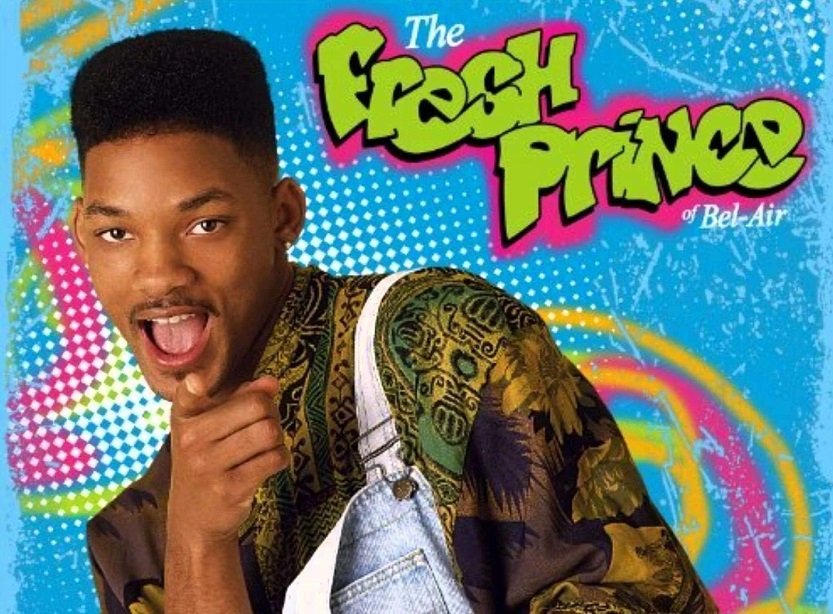
The best nostalgia marketing taps into affections of decades past and ties it to a brand to evoke warm feelings and a sense of deja vu. It pulls happy memories from the past into the present time.
When brands get nostalgia marketing right, it boosts engagement rates, brand awareness, emotional connection, and sales. Consumers often seek old comforts. The more we get older, the more we seek out those things that make us feel like a kid again.
According to studies published in the Journal of Personality and Social Psychology, emotions can push people to make bigger purchasing decisions and spend more money.
Here are three of the best nostalgic marketing examples we've seen so far, and why they work.
1. Nintendo Switch: bringing families together
For the 80s and 90s kids among us, Nintendo defined our childhoods. Whether you grew up on the original Game Boy, spent hours playing Pokémon on your Game Boy Color, completed Super Mario 64 on your Nintendo 64, or you took on Final Fantasy IV on the SNES, you’ll never forget your first Nintendo console. Even seeing the modern versions of your favourite games can give you a rushing, warm feeling of nostalgia.
Nintendo plays on this, using nostalgia gorgeously in its Switch advert. The ad shows two squabbling brothers grow up and drift further apart to the point where they’re not talking. But, as they get their coveted Nintendo Switches delivered, memories of playing games together on their Nintendo Entertainment System surface and bring a smile to their faces. The ad ends with the brothers reuniting via their Miis (virtual Nintendo avatars).
Why it works
We’re by no means suggesting that simply buying a games console will help you heal deep family rifts, but this uses nostalgia in a way that tugs on our heartstrings. The once-divided brothers were able to reminisce about the good times they spent together playing Nintendo games, which is a feeling many of us will be familiar with.
2.Oikos and Full House
"Full House" has a firm place in iconic TV history. So popular was the show, which ran between 1987–1995, it was rebooted in 2016 to the delight of fans. Oikos clearly spotted the nostalgia potential earlier, running a series of ads with John Stamos, Bob Saget, and Dave Coulier, three of the show’s main stars.
The On the House ad plays on Stamos as the show’s 80s and 90s heartthrob, with Saget wearing a lifelike Stamos mask to buy groceries. The lustful cashier gives him his groceries for free, before pouncing on the real Stamos as he comes into the store. Who could blame her?
In The Spill, Stamos gets flirty over a pot of yoghurt, “accidentally” smearing some on his face as his female companion kisses it off. He drops yoghurt suggestively on his trousers before his co-stars ruin the moment, rushing in to clean him up. While the actors didn’t officially reprise their roles, they certainly had similarities with their characters; heartthrob Uncle Jesse and clean freak Danny Tanner certainly came out!
Why it works
Instead of invoking nostalgia with its own products as Nintendo did, Oikos has instead tapped into the popularity of an iconic TV show. Even ten years after the show finished, the actors are still adored and many fans still see them as their characters. This is a great tactic for businesses whose products aren’t necessarily known and loved in the same way as Nintendo’s iconic games consoles.
3. Revolution and Friends
As we’ve seen from the hype around the recent record-breaking reunion show, "Friends" is undoubtedly one of the most popular nostalgic shows of all time. Vodafone research shows that it was the third most rewatched show during lockdown in the UK. So, naturally, fans went crazy when makeup brand Revolution launched a Friends collection.
The collection includes eyeshadow palettes featuring the show’s iconic colour stories, including Monica’s apartment and the fountain from the show’s intro; lip kits to replicate Monica, Phoebe, and Rachel’s staple 90s looks; handheld lobster-shaped mirrors; and of course, Joey’s unforgettable lipstick for men. The first collection was so popular that it sold out instantly.
Why it works
Revolution, still fairly new to the makeup market, is another brand that’s capitalized on the popularity of a renowned show. But the company has taken it a step further by embedding the Friends brand into its own products with digital printing, instantly making its packaging collectable.
By launching themed products that are modelled after some of the characters, fans can buy into the brand to recreate their favourite Friends makeup looks. Because let’s face it, Rachel’s oh-so-90s brown lip is just as stylish today as it was in 1995.
In tough times, we often find ourselves turning to nostalgia for comfort. We certainly did this during the COVID-19 pandemic as we reminisced about better times and indulged in our favorite old TV shows. Today, amidst wars, cost-of-living crisis, and other turmoils, nostalgia is still a refuge.
A number of businesses have capitalized on the warm, fuzzy feeling nostalgia generates, using it in their marketing. There’s arguably no better way to create positive attitudes towards your brand than to wrap it with that unrivalled, comforting feeling of nostalgia marketing.








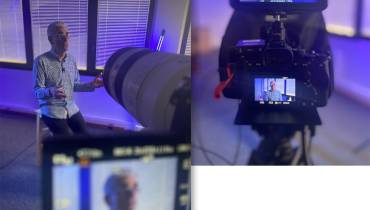



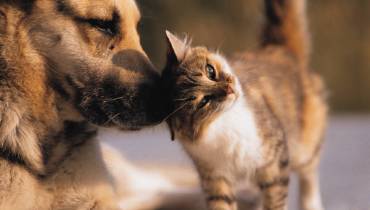
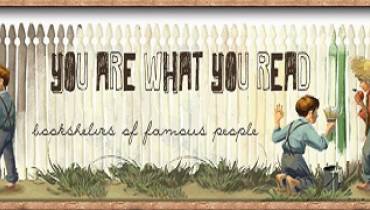

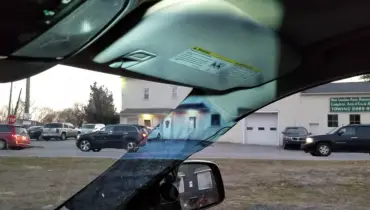


![How One Homeowner's Dream Reno Turned into a Nightmare: What You Can Learn from It [node:title]](/sites/default/files/styles/video_thumbnail_bottom/public/man-painting-home-renovation.jpeg?itok=t7ET9um4)

